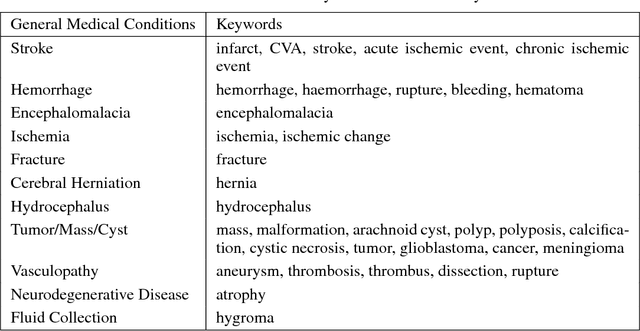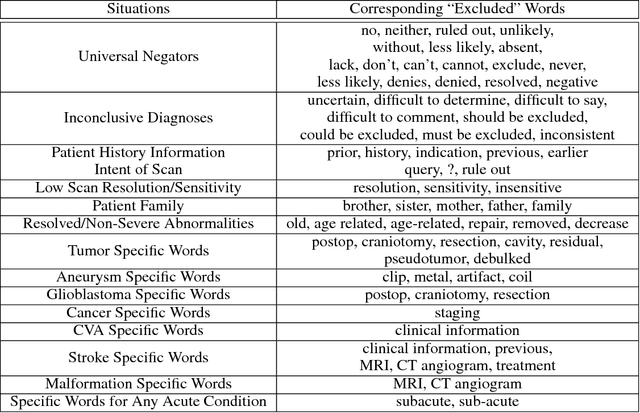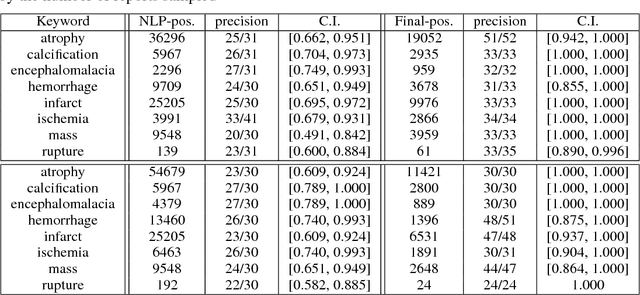Nithya Attaluri
Gemini 1.5: Unlocking multimodal understanding across millions of tokens of context
Mar 08, 2024Abstract:In this report, we present the latest model of the Gemini family, Gemini 1.5 Pro, a highly compute-efficient multimodal mixture-of-experts model capable of recalling and reasoning over fine-grained information from millions of tokens of context, including multiple long documents and hours of video and audio. Gemini 1.5 Pro achieves near-perfect recall on long-context retrieval tasks across modalities, improves the state-of-the-art in long-document QA, long-video QA and long-context ASR, and matches or surpasses Gemini 1.0 Ultra's state-of-the-art performance across a broad set of benchmarks. Studying the limits of Gemini 1.5 Pro's long-context ability, we find continued improvement in next-token prediction and near-perfect retrieval (>99%) up to at least 10M tokens, a generational leap over existing models such as Claude 2.1 (200k) and GPT-4 Turbo (128k). Finally, we highlight surprising new capabilities of large language models at the frontier; when given a grammar manual for Kalamang, a language with fewer than 200 speakers worldwide, the model learns to translate English to Kalamang at a similar level to a person who learned from the same content.
Gemini: A Family of Highly Capable Multimodal Models
Dec 19, 2023Abstract:This report introduces a new family of multimodal models, Gemini, that exhibit remarkable capabilities across image, audio, video, and text understanding. The Gemini family consists of Ultra, Pro, and Nano sizes, suitable for applications ranging from complex reasoning tasks to on-device memory-constrained use-cases. Evaluation on a broad range of benchmarks shows that our most-capable Gemini Ultra model advances the state of the art in 30 of 32 of these benchmarks - notably being the first model to achieve human-expert performance on the well-studied exam benchmark MMLU, and improving the state of the art in every one of the 20 multimodal benchmarks we examined. We believe that the new capabilities of Gemini models in cross-modal reasoning and language understanding will enable a wide variety of use cases and we discuss our approach toward deploying them responsibly to users.
Efficient and Accurate Abnormality Mining from Radiology Reports with Customized False Positive Reduction
Oct 01, 2018



Abstract:Obtaining datasets labeled to facilitate model development is a challenge for most machine learning tasks. The difficulty is heightened for medical imaging, where data itself is limited in accessibility and labeling requires costly time and effort by trained medical specialists. Medical imaging studies, however, are often accompanied by a medical report produced by a radiologist, identifying important features on the corresponding scan for other physicians not specifically trained in radiology. We propose a methodology for approximating image-level labels for radiology studies from associated reports using a general purpose language processing tool for medical concept extraction and sentiment analysis, and simple manually crafted heuristics for false positive reduction. Using this approach, we label more than 175,000 Head CT studies for the presence of 33 features indicative of 11 clinically relevant conditions. For 27 of the 30 keywords that yielded positive results (3 had no occurrences), the lower bound of the confidence intervals created to estimate the percentage of accurately labeled reports was above 85%, with the average being above 95%. Though noisier then manual labeling, these results suggest this method to be a viable means of labeling medical images at scale.
 Add to Chrome
Add to Chrome Add to Firefox
Add to Firefox Add to Edge
Add to Edge